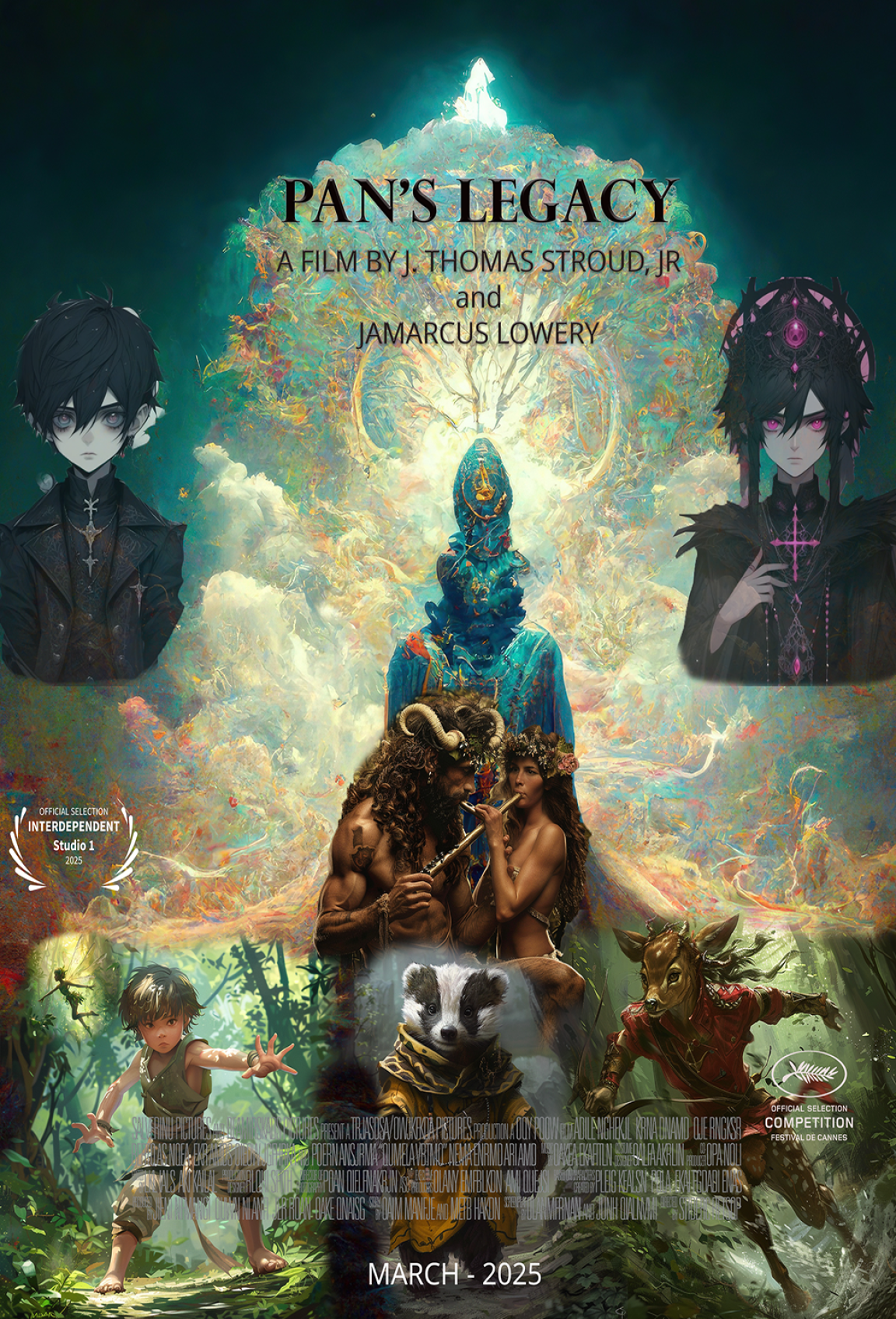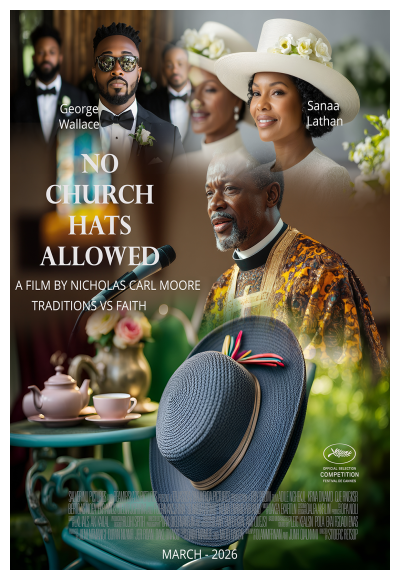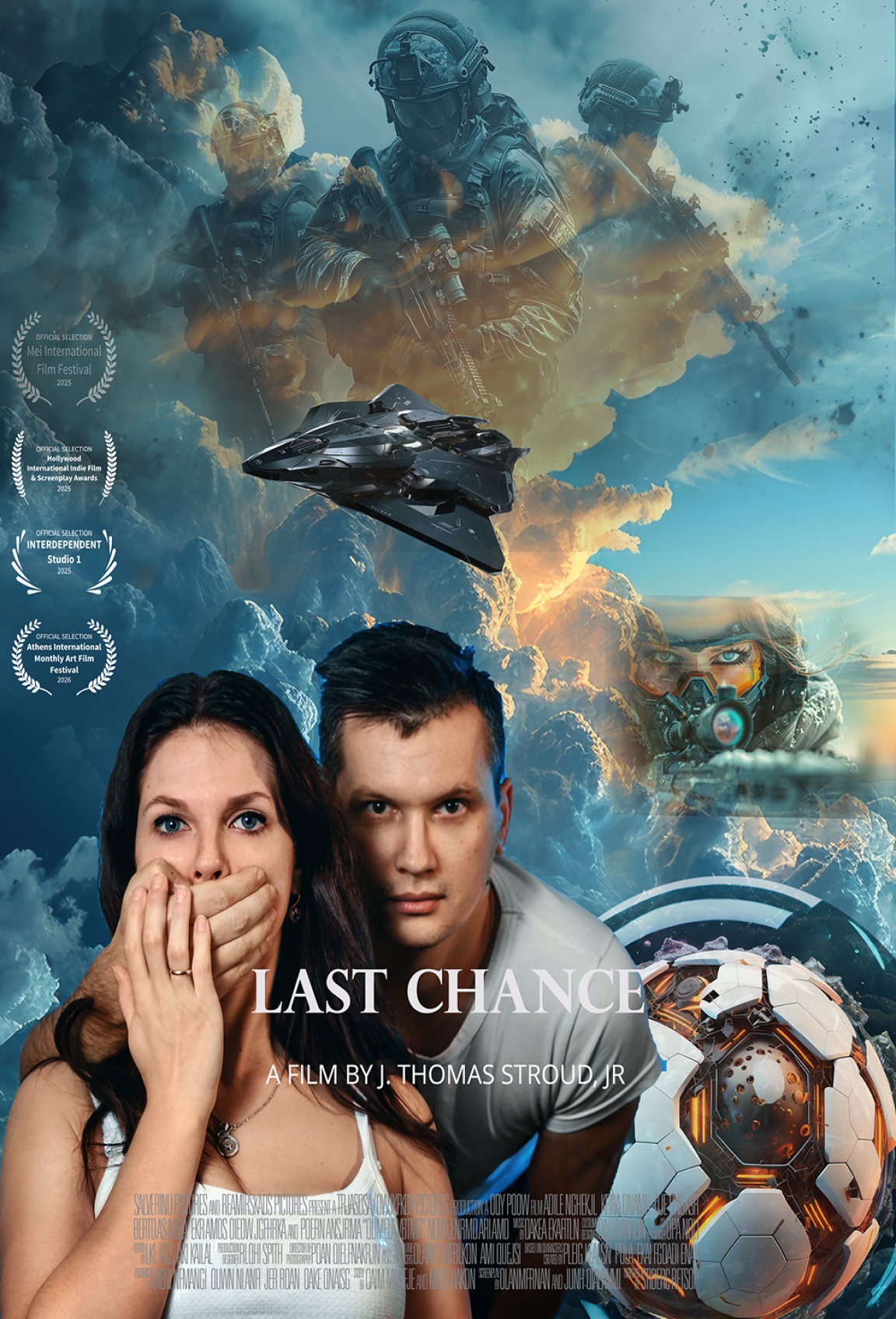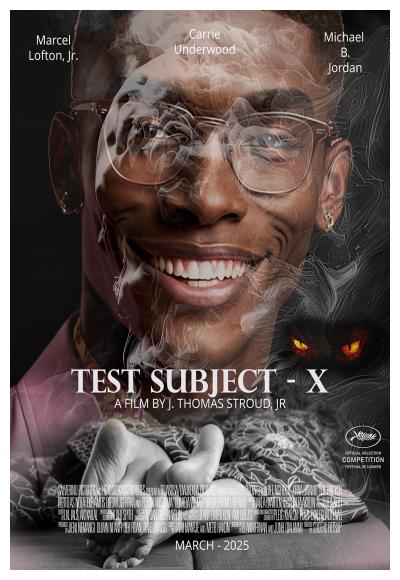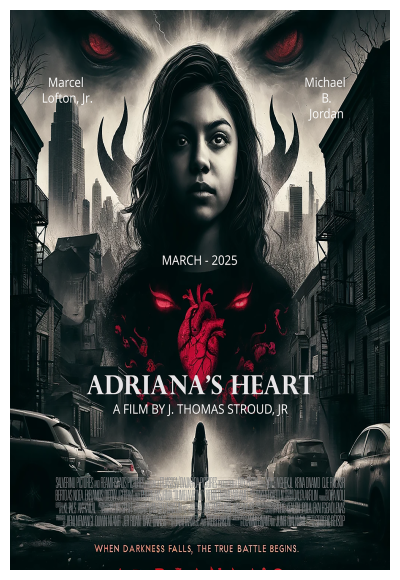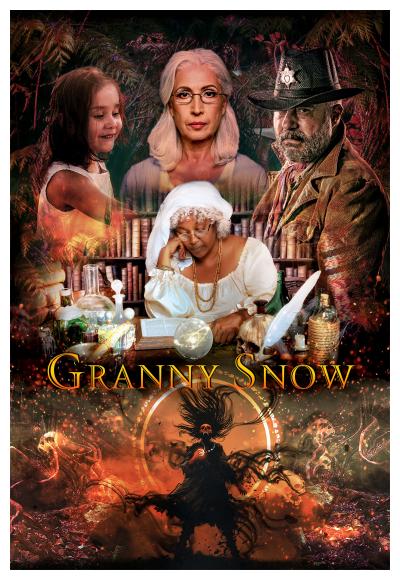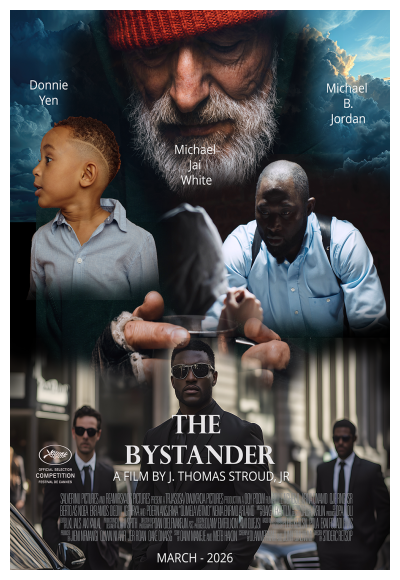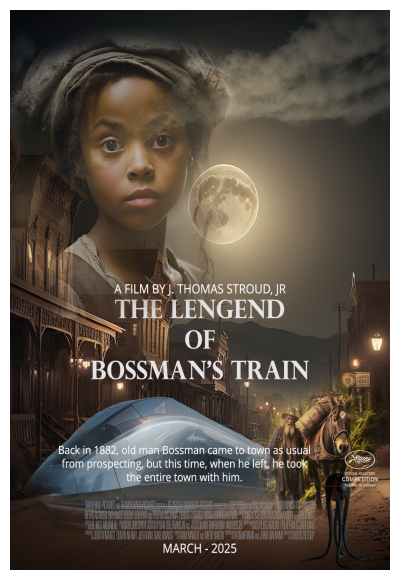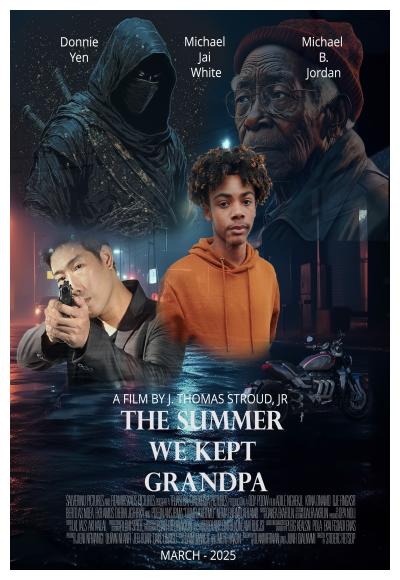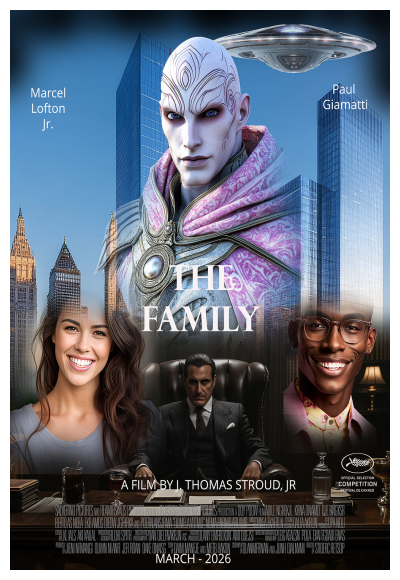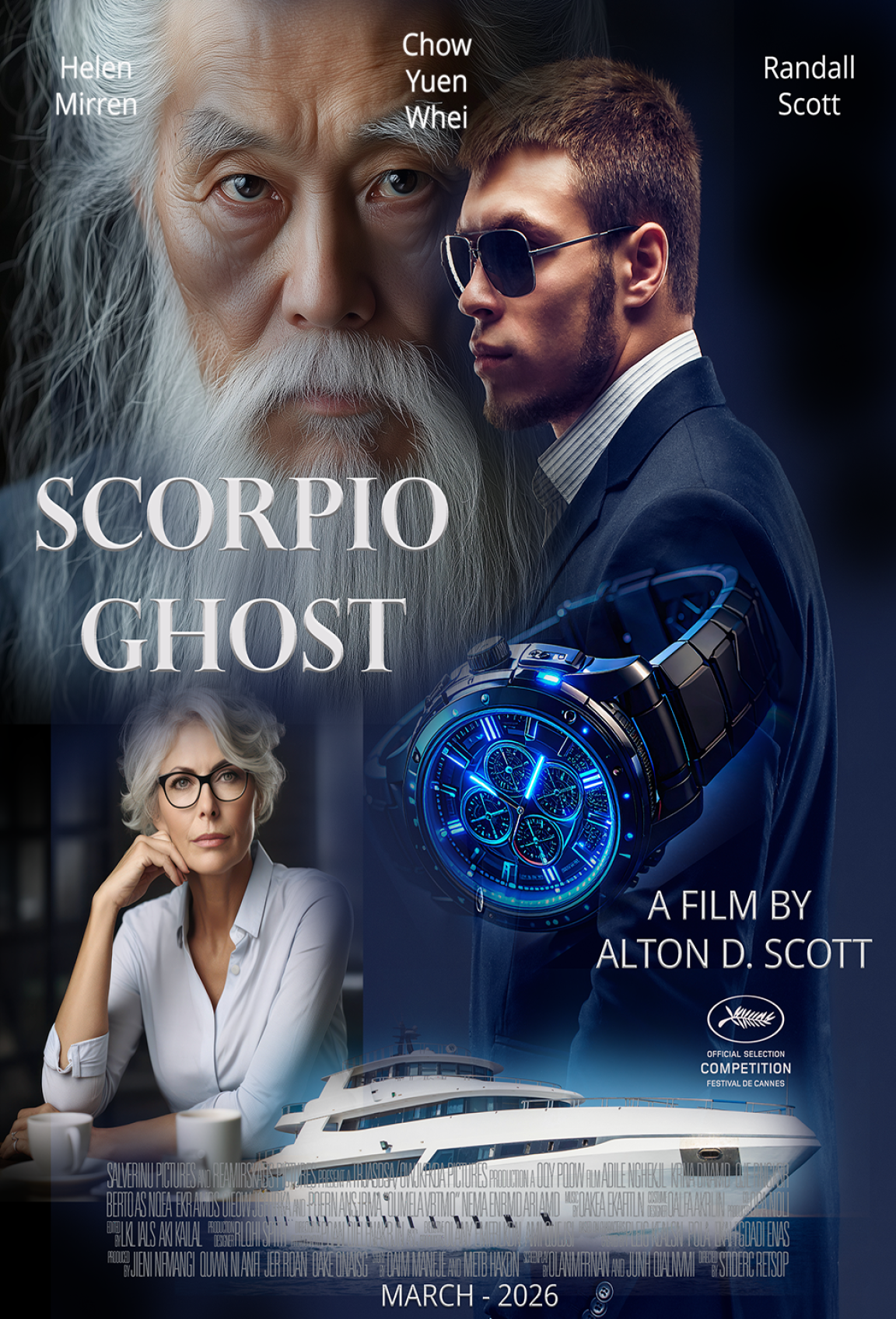
Synopsis/Details
All Accolades & Coverage
Coverage Report by Nolan Filmmaker's Studio
**Overall Story Structure**
"Ignis Blue" presents an ambitious, multi-decade epic spanning intimate family drama, military thriller, global disaster, and metaphysical science fiction. The script’s structure is sophisticated and layered, deftly interweaving personal and cosmic stakes. It employs a non-linear timeline, beginning with a present-day inciting incident and flashing back to pivotal childhood events, before gradually converging these threads in a future-tense, world-altering climax.
**Strengths:**
- **Inciting Incident & Set-up:** The opening at the NRO is taut and atmospheric, establishing both a sense of realism and a creeping cosmic dread. The subsequent flashback to 1980 anchors the story in a relatable, emotional context, setting up the supernatural elements and the bond between Mark and Clyde.
- **Dual Timeline:** The interplay between Mark’s childhood trauma and the unfolding global mystery is reminiscent of the cross-generational resonance discussed in Robert McKee’s "Story." Each timeline pays off, revealing how the past shapes the present cataclysm.
- **Rising Tension:** The escalation from isolated incidents to global crisis is well-paced, with the stakes mounting logically at each step. For example, the transition from the Antarctic anomaly to multiple global events is handled with clarity, supporting Blake Snyder’s maxim in "Save the Cat" that ‘stakes must continually rise.’
- **Climax & Resolution:** The Vatican standoff, the global prayer, and the metaphysical transformation converge in a bold, visionary climax. The denouement—fields of blue flowers and a changed world—offers a haunting, ambiguous coda in line with John Truby’s idea of “self-revelation on a world stage.”
**Areas for Improvement:**
- **Midpoint Sag:** The midsection (military investigation, scientific briefings) occasionally lapses into exposition, slowing momentum. Scenes explaining the nature of Ignis sometimes "tell" rather than "show," risking audience disengagement.
- **Complexity vs. Clarity:** The script juggles many threads (Mark’s visions, Major Savage’s arc, military bureaucracy, Vatican intrigue). While impressive, this density sometimes muddles narrative clarity—particularly in act two, when the focus drifts from character to event.
- **Ending Scope:** The post-transformation world is evocative, but the thematic resolution feels slightly rushed. A more gradual emotional winding down might help the audience process the magnitude of what’s occurred.
---
**Character Development**
The characters in "Ignis Blue" are thoughtfully constructed, with clear motivations, arcs, and internal conflicts.
**Mark/Cardinal Fair**
- **Strengths:** Mark evolves from a traumatized child into a spiritual leader, carrying the scars and gifts of his encounter. The script does a strong job of showing his struggle between faith and burden, particularly in his scenes with Clyde and Major Savage. His transformation into a bridge between worlds is both tragic and transcendent.
- **Weaknesses:** In the script’s later sections, Mark’s agency sometimes diminishes as he becomes more of a prophetic mouthpiece than an active participant.
**Major Monica Savage**
- **Strengths:** Savage’s arc—from pragmatic soldier to spiritual seeker—provides a grounded, relatable anchor as the world grows increasingly surreal. Her backstory (faith traditions, Afghanistan incident) is well-utilized, and her choices feel earned. Her climactic decision to face the unknown beside Mark is emotionally resonant and thematically rich.
- **Weaknesses:** Savage’s internal struggle with faith could be dramatized more through action rather than dialogue, especially in scenes where she’s alone (e.g., her reaction to the Ignis in the bunker).
**Clyde**
- **Strengths:** Clyde’s lifelong protector role and his guilt over the childhood incident lend authenticity and pathos. His gradual acceptance of the inexplicable is handled with subtlety, and his scenes with Mark are among the most emotionally affecting.
**Supporting Cast**
- The supporting military and scientific cast (e.g., General Slidell, Dr. Chen) are generally well-drawn, each representing facets of humanity’s response: skepticism, denial, curiosity, faith. However, some military figures (Slidell especially) risk becoming mouthpieces for exposition or skepticism rather than nuanced individuals.
---
**Dialogue Quality**
Dialogue throughout the script is generally strong, with distinct voices for each character.
**Strengths:**
- **Emotional Authenticity:** The Mark/Clyde scenes, Mark/Savage dialogues, and family sequences are poignant and ring true, balancing the metaphysical with the mundane.
- Example: (“You promised you believed me.” “I was nine. Kids see—” “Don’t. Please.”)
- **Expository Efficiency:** In the best moments, military and scientific dialogue conveys plot without stalling for jargon, e.g., the Antarctic flame discovery, lab briefings.
- **Spiritual/Thematic Resonance:** When discussing faith, prayer, or metaphysical concepts, the dialogue mostly avoids cliché, grounding abstract ideas in character experience.
**Weaknesses:**
- **Expository Overload:** As noted, some scenes (especially military/scientific briefings) become heavy-handed in their exposition.
- Truby warns against “on-the-nose” dialogue—at times, characters state the thematic stakes too directly (e.g., “Faith is the shield. The only shield.”).
- **Repetition:** Occasionally, exchanges reiterate information the audience already understands, slowing pace.
---
**Pacing**
The pacing is generally effective, especially in act one and the final act, with a palpable escalation of mystery, tension, and stakes.
**Strengths:**
- **Suspense:** The opening sequence, the blue fire’s expansion, and the approach to Rome all crackle with urgency.
- **Rhythm:** Cross-cutting between global events, personal drama, and escalating disaster keeps the narrative lively.
**Weaknesses:**
- **Middle-Act Drag:** As noted, the midsection’s reliance on briefings and scientific hypothesis slows narrative drive. These could be compressed or dramatized through direct action or visual storytelling.
- **Overextension:** The script’s ambition leads to a somewhat bloated runtime—some sequences (late-stage military procedural, Vatican council debates) could be streamlined.
---
**Emotional Impact**
"Ignis Blue" is emotionally potent, skillfully blending personal stakes with existential dread and awe.
**Strengths:**
- **Human Core:** The lifelong bond between Mark and Clyde, and later between Mark and Savage, roots the extraordinary events in authentic emotion. The scenes of loss, reunion, and sacrifice are deeply affecting.
- **Spiritual Sublimity:** The Vatican prayer, the blue fire’s metaphysical transformation, and the ambiguous, awe-inspiring new world are handled with beauty and restraint, prompting both terror and hope.
- **Catharsis:** The script channels both the terror of annihilation and the possibility of transcendence, leaving the audience with a sense of wonder and ambiguity.
**Weaknesses:**
- **Distance in Scale:** As the story grows ever more cosmic, some emotional threads risk being overshadowed by spectacle. Ensuring the final act stays rooted in character perspective will help maintain emotional engagement.
---
**Audience Engagement & Storytelling Principles**
- **Genre Adherence & Subversion:** "Ignis Blue" brings together disaster, sci-fi, and spiritual drama in a mode reminiscent of *Contact*, *Arrival*, or Soderbergh’s *Solaris*. Its fusion of faith and science is fresh and provocative, likely to engage audiences craving both mystery and meaning.
- **Save the Cat Principles:** The script delivers on the “promise of the premise” (what if a cosmic phenomenon offered humanity a choice between transcendence and destruction?) and provides several “Save the Cat” moments—especially Mark’s childhood vulnerability and Monica’s acts of courage.
- **Truby’s Moral Argument:** The script’s central theme—that faith and conscious intention can shield and transform humanity in the face of the unknown—is articulated through characters’ choices, not just dialogue, fulfilling Truby’s “moral argument.”
- **McKee’s Story Design:** The story’s structure—inciting incident, progressive complications, crisis, climax, and resolution—holds, with room for some tightening in the second act.
---
**Summary: Strengths and Weaknesses**
**Strengths:**
- High-concept, original premise blending science fiction and spiritual allegory.
- Strong, multidimensional lead characters with clear arcs.
- Moments of genuine emotional resonance rooted in family and faith.
- Imaginative, cinematic world-building and visual imagery.
- Thematically ambitious, grappling with humanity’s place in the cosmos.
**Weaknesses:**
- Occasional pacing issues in act two with expositional dialogue.
- Supporting characters sometimes underdeveloped or overly expository.
- The cosmic scale may sometimes distance the audience from the emotional core.
- Slightly overlong; could benefit from trimming and tightening.
---
**Final Assessment & Recommendations**
"Ignis Blue" is a bold, inventive script with the potential to be a genre-defining film—part spiritual epic, part hard sci-fi, part intimate drama. Its strengths lie in its emotional authenticity, thematic ambition, and compelling character arcs. To fully realize its impact, I recommend:
- Tightening the script, especially the expositional and procedural sequences.
- Ensuring the final act keeps the focus on character perspective amidst cosmic spectacle.
- Further humanizing the supporting cast to avoid “talking heads” in expository scenes.
- Allowing more “show, don’t tell” in depicting the metaphysical and spiritual elements.
If developed with care, "Ignis Blue" could both challenge and move audiences, leaving them with haunting questions about faith, transformation, and the future of humanity.
**Recommendation: Strong Consider, with Rewrites**
---
**References:**
- Robert McKee, *Story*
- Blake Snyder, *Save the Cat*
- John Truby, *The Anatomy of Story*

